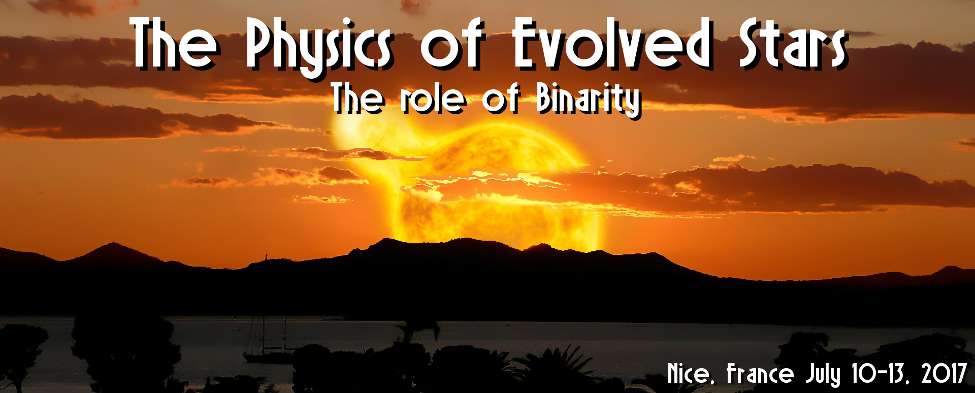The nearby AGB star L2 Puppis is surrounded by a circumstellar dust and gas disk. This disk was oberved with ALMA at very high angular resolution (< 20 mas). Building on the first analysis by Kervella et al., we have simultaneously modelled the observed 12CO and 13CO emission from the disk with 3D radiative transfer, revealing the physical distributions making up the disk. The gas in the inner disk follows Keplerian dynamics, while a sub-Keplerian regime extends beyond the dust detection radius. The thermal structure of disk shows signs of complexity, with wall heating, steep gradients and buffer zones. The density decreases radially outwards following a power law with a steep slope. We have determined that the location of the tentative companion first detected by Kervella et al. coincides with the inner rim of the disk, suggesting it may contribute to the formation of the disk. Furthermore, angular momentum considerations indicate that the companion may have a mass of the order of a few Jupiter masses. The disk surrounding L2 Pup hence emerges as a prime target to investigate the relation between evolved stars, their companions, and their morpholgical fate.

|
|
|
|
A detailed view on the rotating disk surrounding the M-type AGB star L2 Puppis
1 : Instituut voor Sterrenkunde, KU Leuven
2 : University of Manchester
3 : Instituut voor Sterrenkunde, KU Leuven
(KUL)
-
Website
Celestijnenlaan 200D B-3001 Leuven (Heverlee) Belgium -
Belgium
4 : Universidad de Chile [Santiago]
-
Website
v. Libertador Bernardo O'Higgins 1058, Santiago -
Chile
5 : Laboratoire d'études spatiales et d'instrumentation en astrophysique
(LESIA)
-
Website
Observatoire de Paris, CNRS : UMI3386
5, place Jules Janssen 92190 MEUDON -
France
6 : Astronomical Institute Anton Pannekoek, University of Amsterdam
7 : Universidad Católica del Norte, Instituto de Astronomía, Chile
|
| Online user: 1 | RSS Feed |

|
 PDF version
PDF version